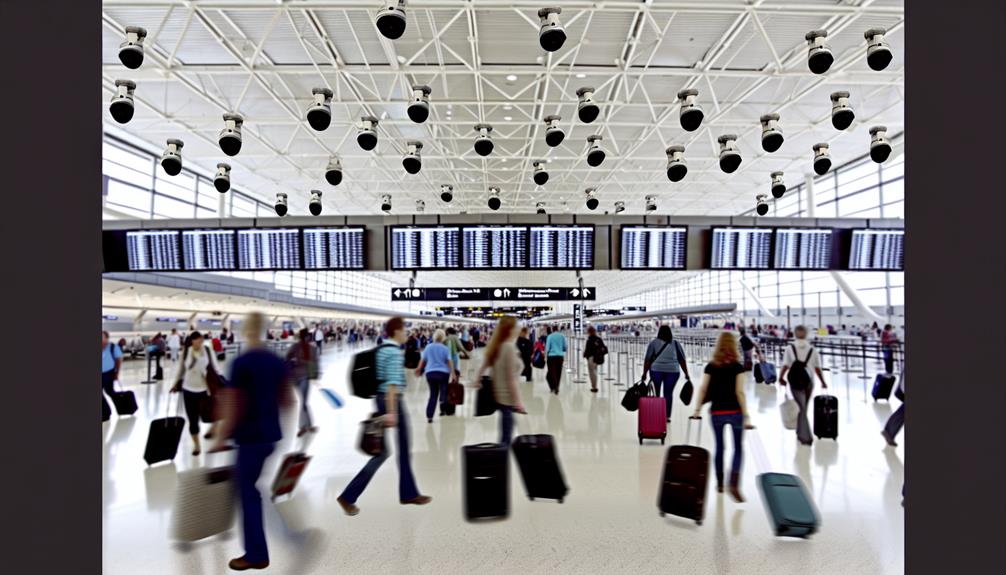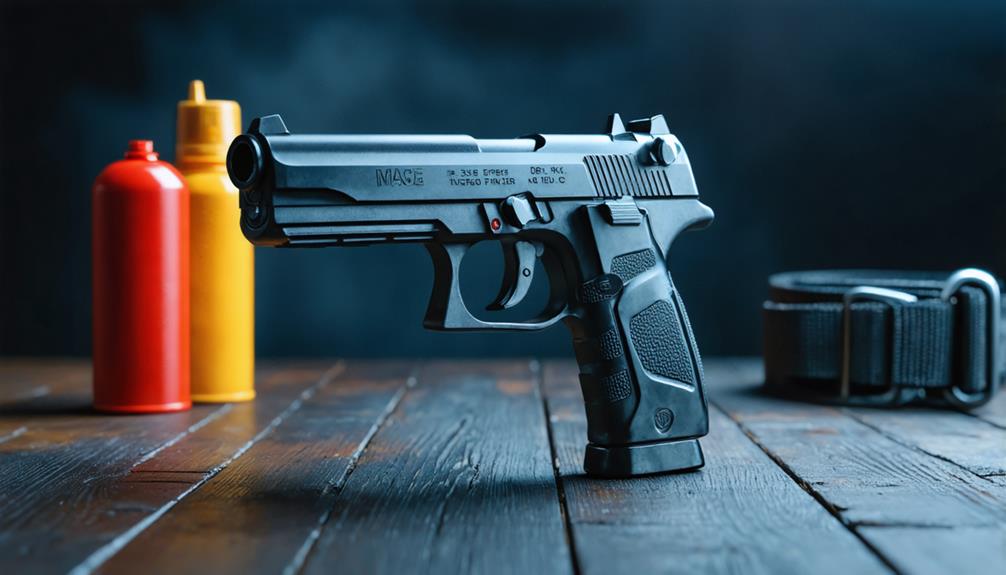
Brainstorm Security Shop

For Orders Over $199

On Any Of Our Products

Details On Refund Page
As you walk through an airport, you might not notice the motion detection cameras discreetly positioned above you, but their role in your safety is pivotal. These cameras aren’t just recording; they’re equipped with advanced algorithms designed to alert security personnel to any unusual behavior or unattended items in real-time. Consider the implications: a world where threats can be identified and mitigated almost instantly, significantly reducing risk. Yet, this technology isn’t without its challenges. How do airports balance effective surveillance with privacy concerns? And what happens when these systems fail? Let’s unpack these questions together.
Enhancing security and efficiency, motion detection technology plays a pivotal role in modern surveillance systems.
As you navigate through bustling airport terminals, you’re likely unaware of the silent guardians overhead. Motion detection cameras, crucial for security enhancement, are always on the lookout. They don’t just record; they actively analyze movements to pinpoint anything out of the ordinary.
You might wonder how these systems impact your travel experience. Well, they streamline operations significantly. By employing motion tracking, cameras help manage large crowds, directing security personnel swiftly to where they’re most needed.
This isn’t just about monitoring; it’s about proactive management of the environment to ensure safety without bottlenecking the flow of passengers.
Imagine you’re rushing to catch a flight but inadvertently leave your bag unattended. Motion detection cameras quickly alert security, who can handle the situation before it escalates into a security threat.
This quick response is crucial in preventing potential chaos and maintaining order.
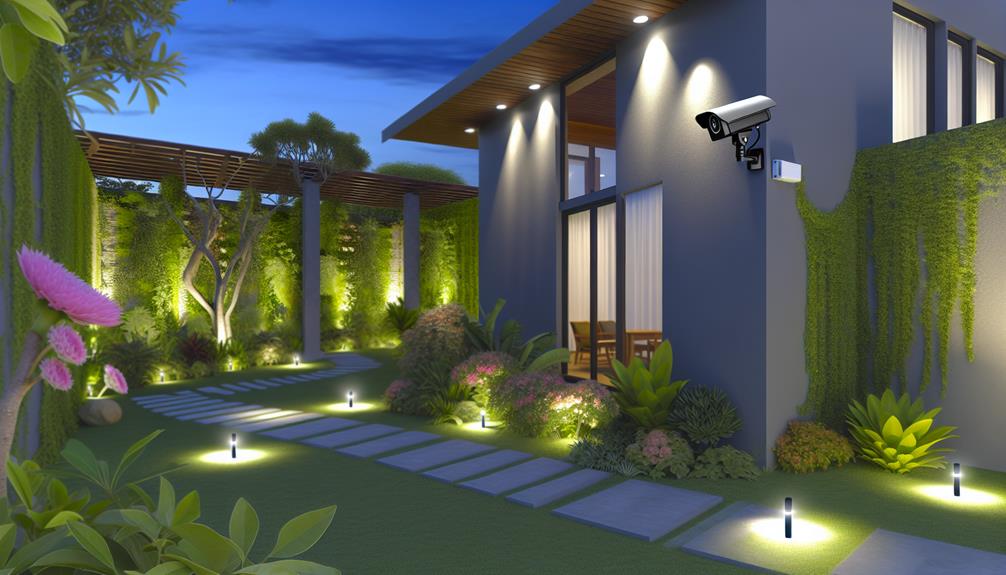
Now that you understand the importance of motion detection in maintaining security and efficiency, let’s explore the technologies that make these systems so effective. Modern motion detection systems at airports incorporate advanced image processing and varying sensor types to ensure high accuracy and responsiveness.
Image processing technology helps in analyzing video frames to detect changes that signify movement. This capability is crucial for identifying unauthorized access or unusual activities within airport premises. The process involves algorithms that can distinguish between normal and suspicious patterns, enhancing the system’s ability to alert security personnel quickly.
Different sensor types are also integral to these systems. Here’s a quick overview of some common sensors used:
| Sensor Type | Functionality |
|---|---|
| Passive Infrared (PIR) | Detects body heat and movement in its field of view. |
| Microwave | Emits waves that reflect back to detect movement. |
| Ultrasonic | Uses echoes from ultrasonic waves to detect motion. |
| Video Motion | Analyzes video signals to detect changes. |
| Dual Technology | Combines multiple sensors to reduce false alarms. |
Each sensor type has its strengths, and combining them can create a more reliable and efficient motion detection system. This integration is where image processing plays a pivotal role, ensuring that the data from different sensors is interpreted accurately and swiftly.
Leveraging motion detection technologies significantly bolsters airport security by swiftly identifying and responding to potential threats. As you navigate through the bustling corridors of an airport, these advanced systems are continuously at work, enhancing not just the efficiency but also the effectiveness of security measures.
They’re integrated seamlessly with other surveillance tools, creating a comprehensive monitoring solution that guards against unauthorized activities and potential security breaches.
The real-time data provided by motion detection cameras facilitate immediate threat assessment. This means that security personnel can quickly evaluate and address situations before they escalate.
You’ll notice that areas prone to higher security risks, such as check-in counters and baggage claim areas, benefit immensely from these technologies. The cameras’ ability to detect unusual movements or unattended items helps prevent potential threats from turning into real dangers.
Furthermore, the integration of motion detection with existing surveillance systems creates a layered defense strategy. This not only increases the coverage of surveillance but also enhances the precision of security operations.
You’re safer because every corner that might previously have been a blind spot is now under vigilant watch. This integration ensures a proactive approach to airport security, maintaining a safe environment for travelers like you.
While motion detection cameras offer significant benefits for airport security, implementing these systems can present several challenges. You’re likely to face a variety of hurdles that could impact the effectiveness and efficiency of these security measures. Here are the key challenges you should be aware of:
Understanding these challenges will help you prepare better and implement solutions that are both effective and efficient.
As motion detection technology evolves, three key trends are set to redefine airport security in the coming years. You’ll see an increased reliance on AI integration and predictive analytics, enhancing your ability to preempt potential threats. Video analytics will improve, bolstering real-time monitoring and ensuring enhanced surveillance. Sensor fusion will merge data from various sources, providing a more comprehensive security picture.
Here’s a quick overview of what to expect:
| Trend | Impact on Airport Security |
|---|---|
| AI Integration | Streamlines data management, boosts automation trends |
| Predictive Analytics | Aids in anticipating security breaches, refines system interoperability |
| Sensor Fusion | Enhances real-time monitoring, addresses privacy concerns |
Automation trends will drive much of this evolution, reducing human error and speeding up response times. You’ll also notice a push towards system interoperability, which ensures all technological components work seamlessly together, making data management more efficient.
However, as these technologies advance, privacy concerns will become even more significant. It’s crucial that new systems balance security enhancements with respect for individual privacy. This ongoing tension between safety and privacy rights will shape the future of airport surveillance systems.
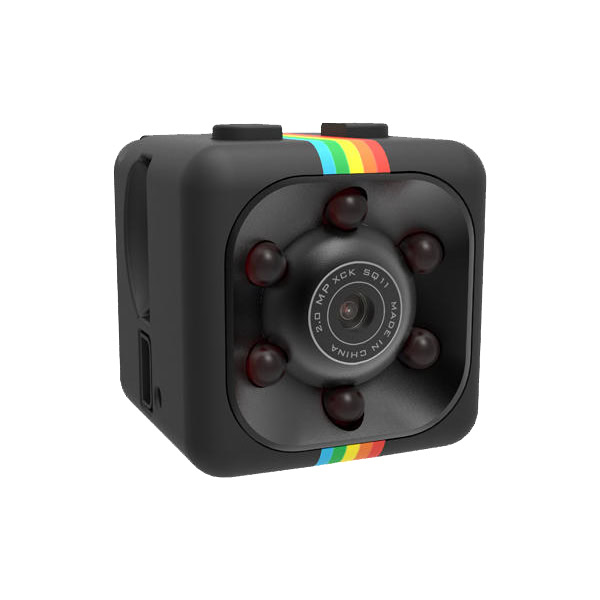
When you’re under constant watch, it’s natural to worry about who’s seeing your movements and how that footage is used.
With the integration of advanced technology in public spaces, data security and surveillance ethics become paramount. You might feel uneasy about the potential misuse of sensitive information or the lack of transparency in how data is monitored and stored.
These concerns highlight the need for strict regulations to protect your privacy.
When you implement advanced technology, you’ll notice it significantly impacts operational costs due to the initial investment and maintenance.
However, this cost is often offset by long-term savings from enhanced security and efficiency. These systems streamline processes and reduce the need for manual patrols, contributing to cost reduction.
Over time, the improved security also minimizes potential losses from theft or damage, proving financially beneficial despite the upfront expenses.
When exploring brand comparisons in surveillance technology, you’ll find that certain names stand out due to significant technology advancements.
Brands like Bosch, Hikvision, and Axis often dominate the market. They’re preferred for their reliability, advanced features, and integration capabilities.
If you’re deciding which brand to trust, consider their market presence and innovation track record.
Each brand offers unique benefits that might cater specifically to your needs for sophisticated and effective surveillance solutions.
You might wonder how people feel about being watched so closely.
Generally, passenger perceptions vary. Some accept the surveillance, believing it enhances their safety during travel. Others feel uneasy, viewing it as an invasion of privacy.
However, the majority understand the necessity in today’s security climate. The key lies in balancing safety with respect for individual privacy, aiming to maintain trust and comfort for everyone passing through.
Yes, motion detection cameras can operate effectively in extreme weather conditions.
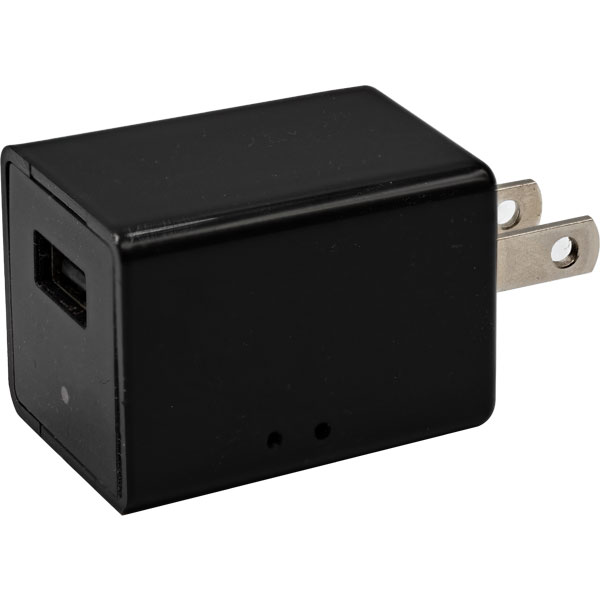
Thanks to advanced weather resilience features and robust sensor technology, these cameras maintain functionality in various harsh environments.
Whether it’s pouring rain, a snowstorm, or scorching heat, the specially designed sensors ensure that detections remain accurate and reliable.
As you’ve seen, motion detection cameras are pivotal in keeping airports secure. These technologies, with their advanced algorithms, not only spot unusual behaviors but also streamline passenger flow. However, implementing them isn’t without challenges, from privacy concerns to high costs. Looking ahead, expect even more innovative solutions enhancing both security and efficiency. So, next time you’re at the airport, remember these cameras are key players in ensuring your safety during your travel adventures.
